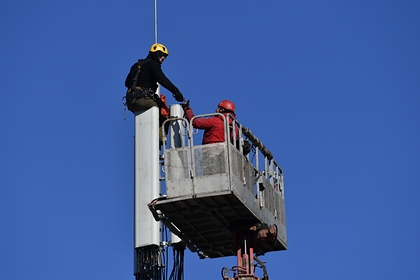The sixth generation of cellular communication (6G) may appear in Russia in 2035. Izvestia writes about this, referring to the forecast of the Radio Research Institute (NIIR) and the Skolkovo Institute of Science and Technology.
Pilot operation will begin no earlier than 2028-2029, and the real equipment will appear in mass production at the turn of the 2030s. 6G, unlike previous generations, will be controlled by artificial intelligence, and consumers will have access to holographic calls and tactile Internet. Next-generation networks will also use artificial intelligence technologies to determine the optimal location of base stations, reduce energy consumption, and detect and eliminate abnormal failures.
However, mobile operators warn that in the absence of commercial 5G networks in Russia, reasoning about the sixth generation of communication is premature.
The most important difference between 6G will be the transition from the gigahertz to terahertz range — similar to how the transition from megahertz to gigahertz was made with the arrival of 5G. It is reported that the range of the 6G spectrum is from 300 gigahertz to 3 terahertz. It will provide terabit bandwidth, microsecond delays, and" never-before-seen " data transfer capabilities.
On April 15, Huawei's top manager Xu Zhijun announced that the introduction of 6G will take place within the next ten years. During a speech at the Huawei Global Analyst event, he said that the company is already studying the new standard, planning future equipment and considering opportunities for its use.
In February , it was announced that Apple had started looking for engineers to study 6G. "You will have a unique opportunity to create next-generation wireless technology that will have a profound impact on future Apple products," the job description says.
Marina Sovina

